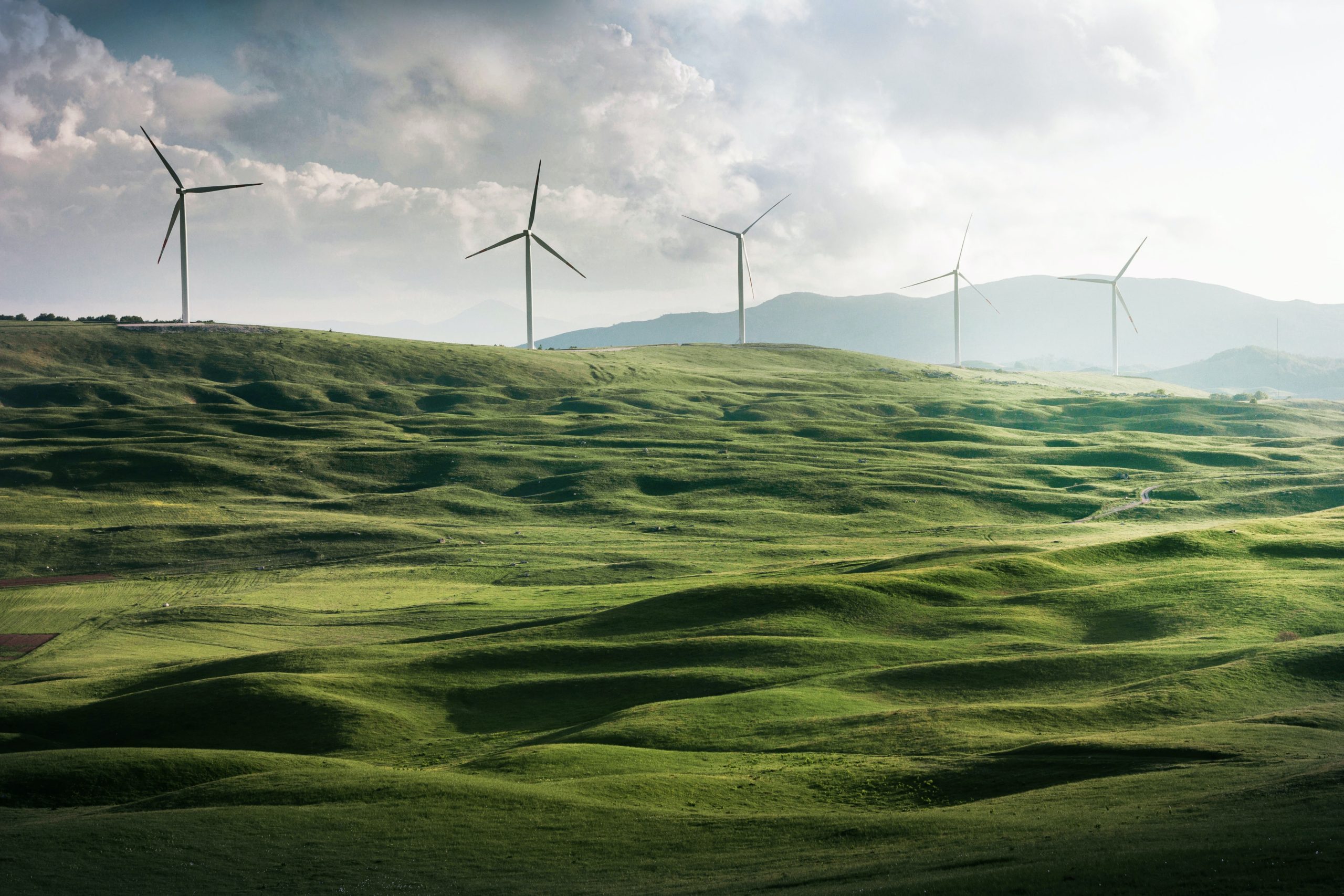As the world emerges from the Covid-19 pandemic, China, the U.S., and other top economies are renewing their commitments to green energy.
The world’s nenewable energy capcaty increased by 45% in 2020, the largest increased in over 20 years, according to a recent report by the International Energy Agency.
The growth was driven by a 90% jump in global wind capacity, and a 23% rise in solar.
The challenge, as the case of China illustrates, is to allow countries to pursue prosperity for their citizens, while contining to invest in green energy.
The country is likely to succeed in many areas but fall short in others, because, quite simply, it must continue to power gigantic economic expansion, according to an analysis of import and export figures by Trade Data Monitor, the world’s top source of trade statistics.
China’s government has mandated a robust expansion of renewable energy capacity. It is part of a global trend, driven by subsidies, mandates and other policy tools. Global renewable energy capacity increased by almost 280 gigawatts in 2020, the largest year-on-year increased in the last decade, according to the International Energy Agency.
Between 2021 and 2024, China will account for 40% of new renewable energy capacity, the IEA said. China added 92 gigawatts of renewable capacity in the fourth quarter of 2020, triple what it added in the fourth quarter of 2019. The fourth quarter saw a period of robust growth because of policy deadlines in key markets related to targets set by the 2015 Paris Agreement.
However, China’s industrial and manufacturing economy covers such a wide swath of activity that it will always need to consume large amounts of resources, some of which will inevitably be harmful for the environment.
A classic example is steel, of which China is by far the world’s largest producer. A key ingredient in making steel is coke, which is made from metallurgical coal, a high-grade form of carbon. In the first quarter of 2021, for example, China increased coke imports over 250%, to $192.2 million, from $52.5 million in the first quarter of 2020, and $6.8 million in the first quarter of 2019.
Despite China’s industrial dominance, greening the economy is a central goal of Beijing’s 14th Five-Year Plan, which covers 2021 to 2025. “High-energy consumption and high-emission projects that do not meet requirements must be resolutely taken down,” Xi Jinping, general secretary of the Communist Party of China (CPC) Central Committee, told party leaders recently.
And, in pursuing green energy, China has an advantage on the U.S. and Europe, because it is home to so many of the world’s biggest makers of equipment needed to produce renewable energy. China owns five of the world’s six biggest makers of solar panels, and the globe’s top wind turbine manufacturer. China is set to dominate offshore wind markets in 2021, according to the IEA.
The country is the heart of the world’s solar panel supply chain. Chinese imports of solar panels and related equipment increased 40.5% to $7.5 billion in the first quarter of 2021, and Chinese exports of solar panels increased 41.6% to $10.2 billion over that time. For all of 2020, Chinese shipments of the kind of turbines used to power windmills increased 9.5% to $4.5 billion [of exports]. Much of this production, of course, is sold domestically instead of exported.
But China’s biggest challenge besides its large heavy industry is that it is simply growing richer. That means more cars, more computers, and more homes to light. For example, in April 2021, imports of cars and trucks more than doubled year-on-year, rising 154.1% to $5.2 billion.
Overall Chinese imports in April increased 43.1% year-on-year to $221.1 billion, the biggest jump since January 2011. As the global economy recovers from the Covid-19 pandemic, it is a sign that China will play a leading role. Meanwhile, China’s factories are still ticking. Exports in April increased 32.3% year-on-year to $263.9 billion. That bettered predictions by analysts of around 25% and surpassed the 30.7% growth registered in March. With Europe and the U.S. still recovering from Covid, China is also expected to maintain its dominance on global export markets.
All that economic activity needs power, and China has continued to build coal-fired power plants. In 2020, despite the Covid-19 pandemic, Chinese coal imports increased 3.6% to 204.1 million tons. A country always has to keep the lights on.


